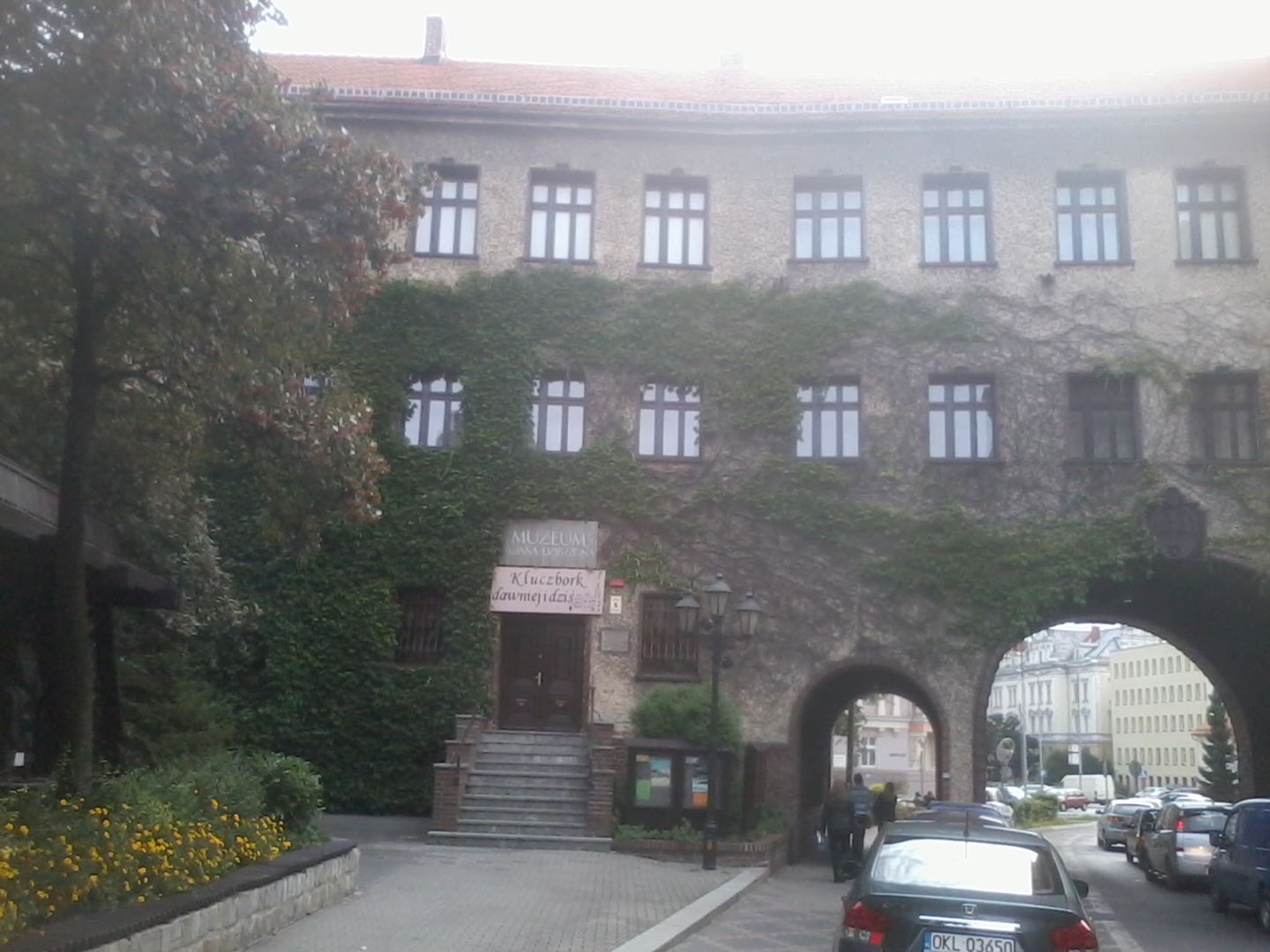The Jan Dzierżon Museum in Kluczbork
7.58

Overview
The Jan Dzierżon Museum in Kluczbork is a self-governing museum institution that collects and provides access to cultural assets related to the archaeology, history, and ethnography of the Kluczbork region, as well as beekeeping from across the country. Founded in 1959 as a branch of the Museum of Opole Silesia, the museum is housed in a historic building whose foundations date back to the Middle Ages. The structure was rebuilt from a former castle, and its architecture combines Gothic elements with later modifications, including the conversion of the tower into a water tower in 1907. The museum's patron is Fr. Jan Dzierżon, a pioneer of modern beekeeping who introduced innovations in bee breeding. The museum features a unique beekeeping collection, including a 10th-century Odra River tree hive and contemporary figurative beehives created by folk artists. Permanent and temporary exhibitions showcase the rich cultural heritage of the region and historical themes, such as the Massacre of Lviv Professors and the history of paper. The museum also organizes outdoor exhibitions and conducts archaeological and ethnographic documentation, collecting items related to local culture and traditions, including household furnishings, folk costumes, and beekeeping tools. The Dzierżon Museum promotes knowledge about beekeeping heritage while engaging the local community in cultural activities. Its collections also include personal mementos of Fr. Dzierżon, documents, and iconographic materials, making it an important site for researching the cultural history of the region.
Location
City
Kluczbork
Tertiary Administrative Division
Kluczbork
County
Kluczbork County
State
Opolskie Voivodeship
Country
2025 Wizytor | All Rights Reserved